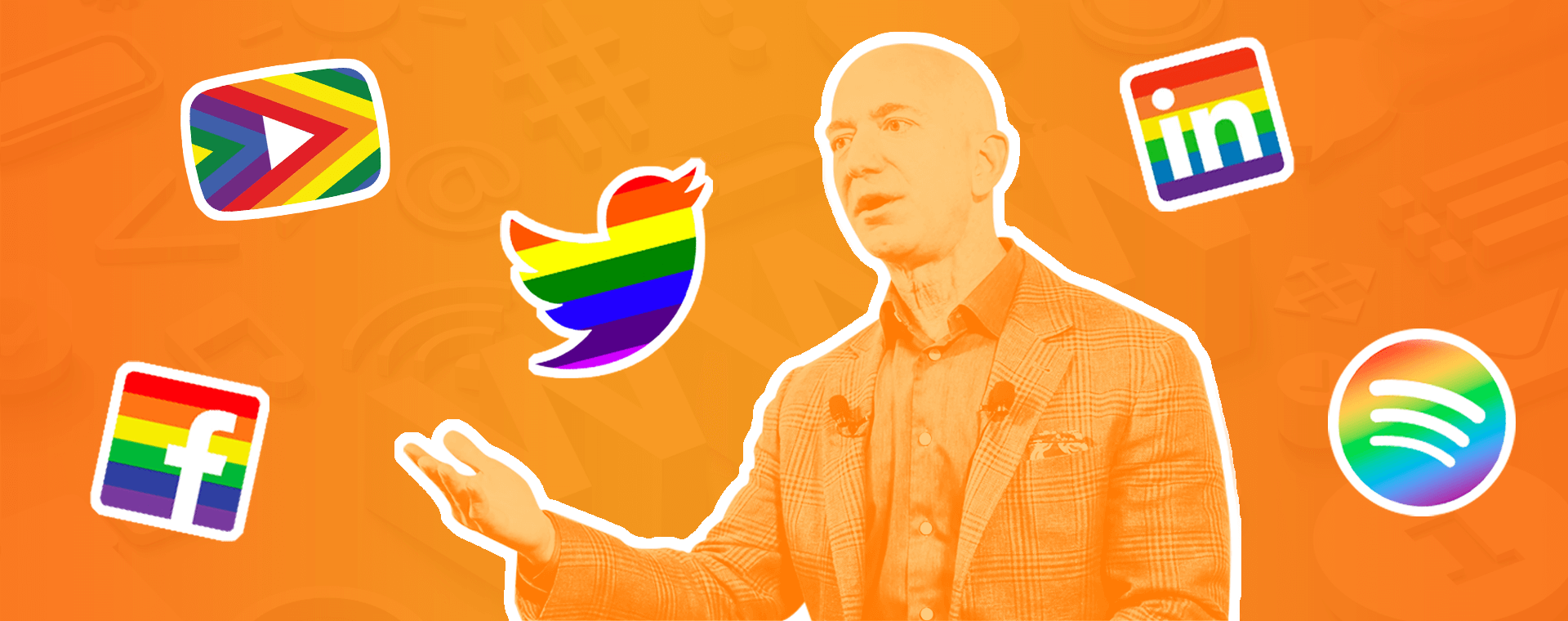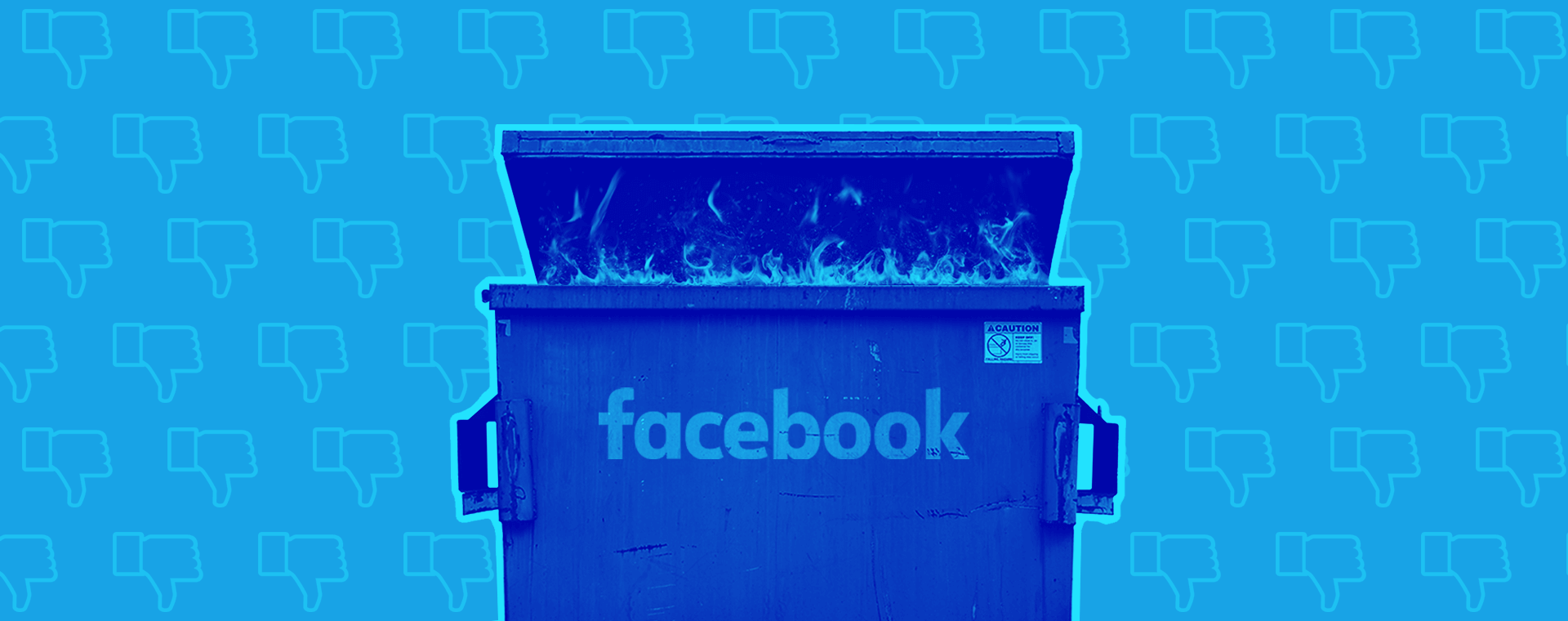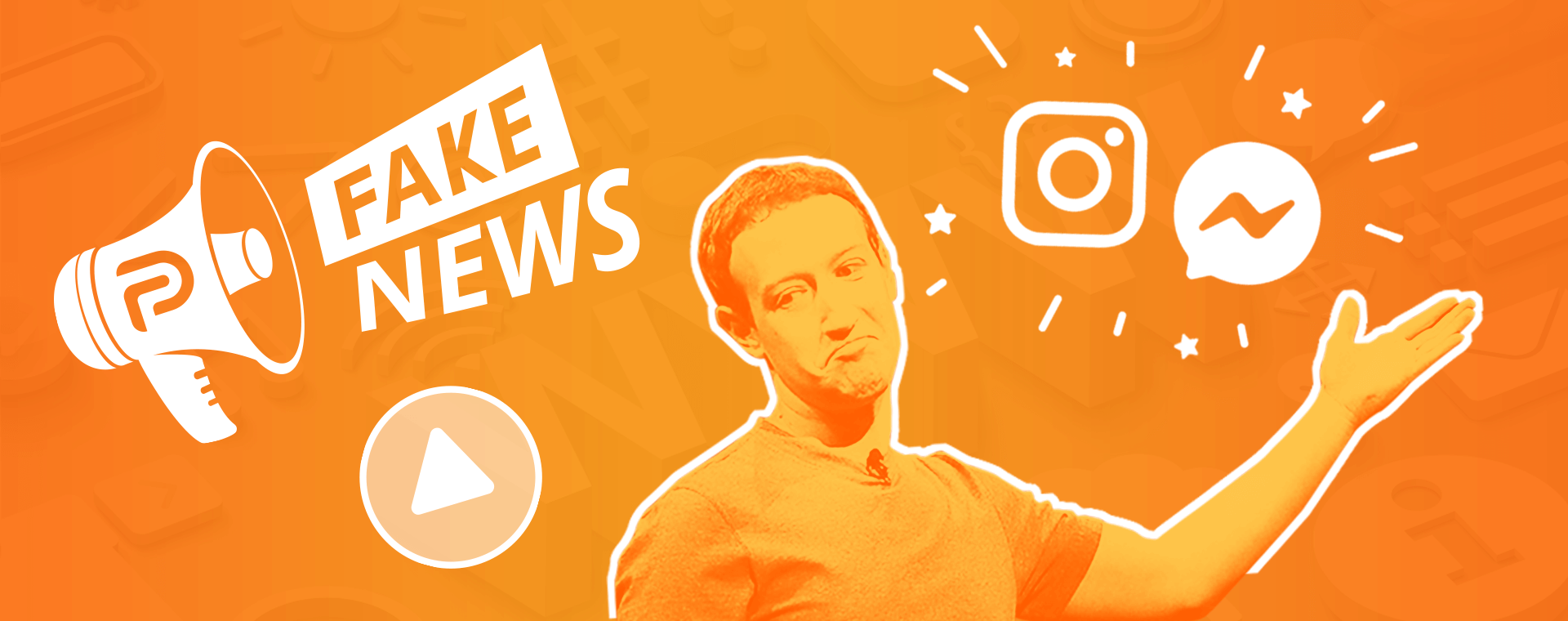Rating the Social Media Activities of Canada’s Party Leaders
By: Ryan Burgio
March 26, 2011 | Reading Time: 3 mins

The upcoming spring federal election is shaping up to be a battle of the social media platforms. Yes, mass media will still have an overwhelming influence in the decisions of Canadians, however this will be the first Federal election in which Twitter will play a vital role. Previous elections have leveraged Facebook and YouTube, but never before have we experienced the power of Twitter in the political sphere.
We decided to take a look at the political leaders and how well they are using social media to disperse their message. The true impact will be seen when campaigning ramps up, but with a lot of help from Politwitter, we decided to take a look at how Canada’s political leaders were utilizing Twitter, Facebook and Youtube to drive political success.
Stephen Harper (7/10)
Prime Minister Harper boasts more followers on Twitter than any other Canadian political leader or politician. With over 105,000 followers, Harper has an impressive group to get his message to. However, he tweets less than any other political leader although he’s been ramping this up lately.
Harper’s YouTube and Facebook pages are satisfactory. The YouTube videos contain political statements and campaign videos, but lack authenticity and character which may enhance Harper’s perception as a cold and calculating individual. The Facebook page is very formal, with announcements on policy, but compared to the competitors lacks a bit of passion regarding the issues that matter most to Canadians.
Overall, Harper’s Twitter following is his best asset and will serve as a powerful force in the upcoming election
Micheal Ignatieff (6.5/10)
Ignatieff is steadily gathering momentum on his social media platforms. Although his Twitter following is substantially smaller compared to Harper’s, Ignatieff is increasing his followers at a quicker pace. His twitter following increased by 1,600 in the past week compared to Harper’s gain of 1,000.
Furthermore, Ignatieff boasts a comparably-sized following on Facebook and his YouTube page is well-executed.
However, Ignatieff is still at a numerical disadvantage and needs to increase his social media base, especially on Twitter. These next few weeks will prove to be a critical moment in the campaign as he looks to build a following and spread his message.
Jack Layton (6/10)
Jack Layton has tweeted more than Ignatieff and Harper combined. Furthermore his tweets are more in line with the tone that is most appropriate for social media. Layton understands that people connect with politicians through social media to build a genuine and authentic conversation.
In spite of this, Layton still can’t seem to generate enough followers to generate a groundswell of support. His “Klout score” (a measure of online influence) is lower than Ignatieff and Harper’s and even though he creates powerful messages, his following is still small.
Layton needs to do something big online to attract attention and he needs to do it quick or his message will be drowned out by the others
Gilles Duceppe (5/10)
Measuring Duceppe’s social media impact by followers would be an unfair exercise as his base is small to begin with and limited to Quebec. Considering this, Duceppe’s 46,000 followers is quite high and his influence score is impressive. The influence score is a measure of the number of followers that follow the politicians that follow Duceppe. It sounds a little complicated, but it basically measures his ability to use his followers to spread his message.
However, Duceppe only communicates in French over social media. No translations, no English. This is perfect for his base, but it prevents any buzz-building online. Outside of Quebec, most of his messages go unheard. This is a major flaw that will hurt his campaign.







